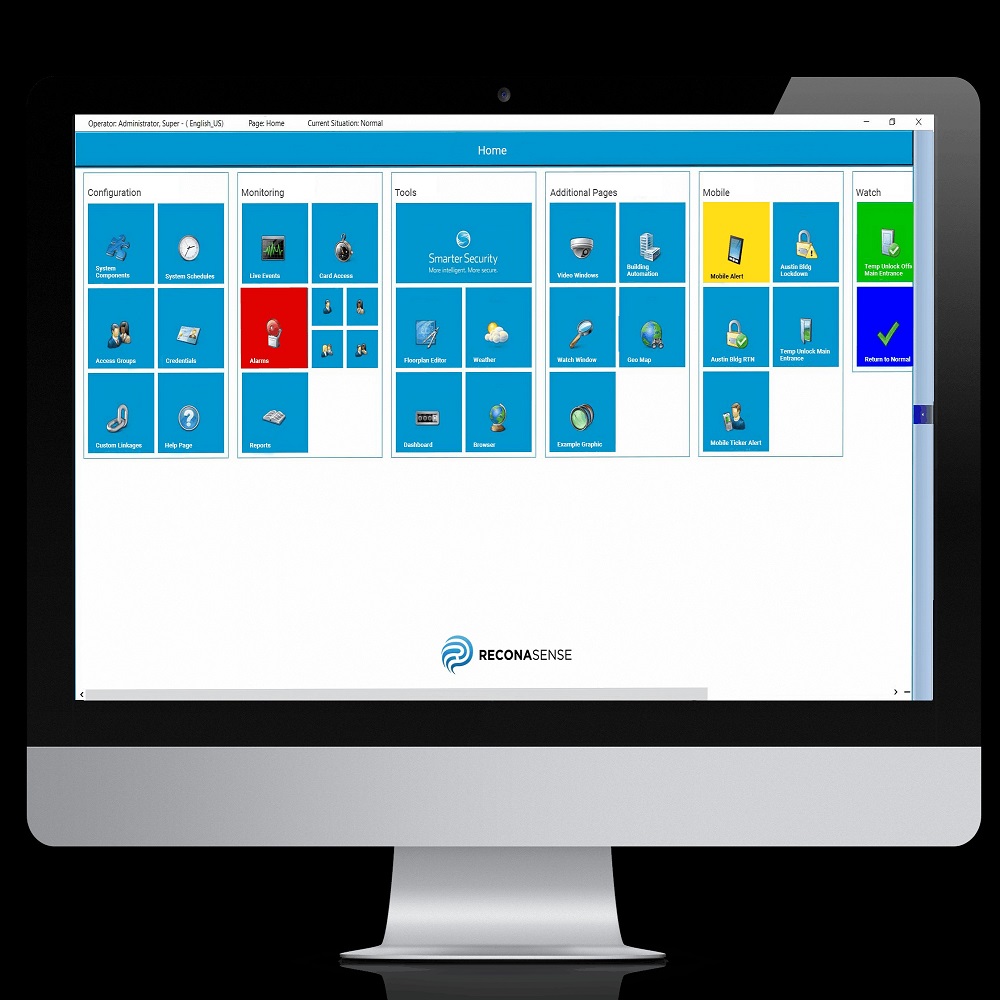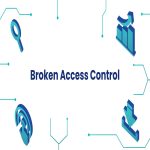Introduction to Access Control in the Digital Age
The Evolution of Access Control
In the rapidly evolving digital landscape, the concept of access control has transformed from a simple lock-and-key mechanism to a sophisticated software-driven solution. As businesses grow and technology advances, the need for robust, scalable, and flexible access control systems becomes increasingly critical. Traditional methods, such as physical keys and basic electronic locks, are no longer sufficient to meet the complex security requirements of modern enterprises. Today’s organizations require advanced access control solutions that can adapt to changing environments, manage multiple entry points, and integrate seamlessly with other security and management systems.
The Importance of Scalability
Scalability is a key factor in the effectiveness of any access control system. As companies expand, they often face the challenge of managing an increasing number of users, locations, and devices. A scalable access control solution allows organizations to easily add or remove access points, adjust user permissions, and integrate new technologies without significant disruptions. This flexibility not only enhances security but also improves operational efficiency, reducing the need for manual interventions and minimizing the risk of human error. In this article, we will explore the various aspects of scalable access control software solutions and how they can benefit modern enterprises.
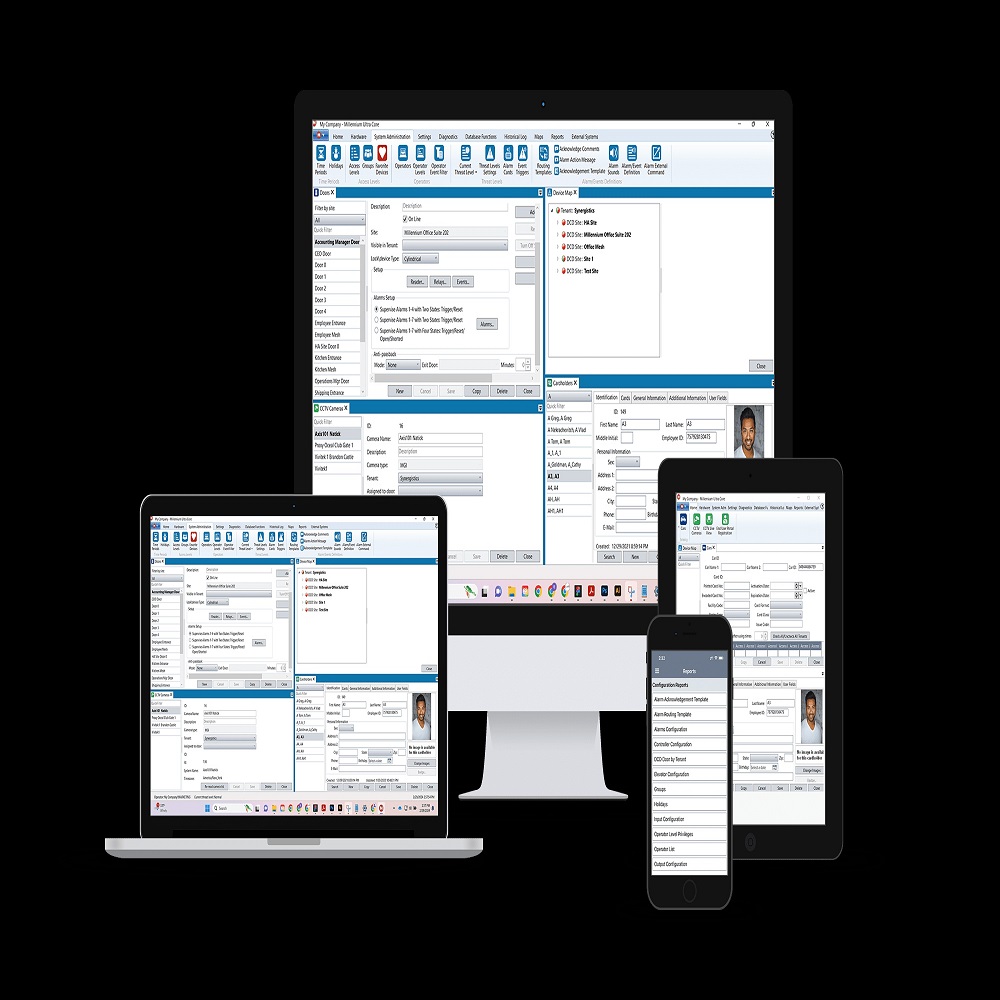
Key Features of Scalable Access Control Software
Centralized Management and Administration
One of the most important features of a scalable access control system is centralized management and administration. This allows administrators to control and monitor all access points from a single, unified platform. With centralized management, it becomes easier to set up and modify user permissions, track access logs, and generate reports. Additionally, it provides a comprehensive overview of the entire system, enabling quick identification and resolution of any security issues. Centralized management also simplifies the process of integrating new access points and updating existing ones, ensuring that the system remains efficient and effective as the organization grows.
Multi-Factor Authentication (MFA)
Multi-factor authentication (MFA) is another crucial feature that enhances the security of access control systems. MFA requires users to provide two or more forms of identification before gaining access to a resource. This can include something the user knows (like a password), something the user has (like a smart card or mobile device), or something the user is (like a fingerprint or facial recognition). By combining these factors, MFA significantly reduces the risk of unauthorized access, even if one of the factors is compromised. For example, if a password is stolen, the attacker would still need the second factor, such as a biometric scan, to gain entry. This added layer of security is particularly important in large enterprises where the stakes are high and the potential for data breaches is significant.
Role-Based Access Control (RBAC)
Role-based access control (RBAC) is a method of restricting network access based on the roles of individual users within an organization. In a scalable access control system, RBAC allows administrators to define roles and assign permissions to those roles, rather than to individual users. This approach simplifies the management of access rights, especially in large organizations with many employees and varying levels of access. For instance, a company might have roles such as “Manager,” “Employee,” and “Contractor,” each with different levels of access to specific resources. When a new employee joins the company, they are assigned a role, and their access rights are automatically determined based on that role. This not only streamlines the onboarding process but also ensures that access is consistent and compliant with the organization’s security policies.
Integration with Other Security Systems
Modern enterprises often have a variety of security systems in place, including video surveillance, intrusion detection, and fire alarms. A scalable access control system should be capable of integrating with these other systems to create a cohesive and comprehensive security framework. Integration allows for better coordination and response to security incidents. For example, if an unauthorized access attempt is detected, the access control system can trigger the video surveillance system to record the event, while simultaneously alerting security personnel. This integration also enables the sharing of data between systems, providing a more complete picture of the security environment and facilitating more informed decision-making. Furthermore, integrated systems can be managed from a single interface, reducing complexity and improving overall efficiency.
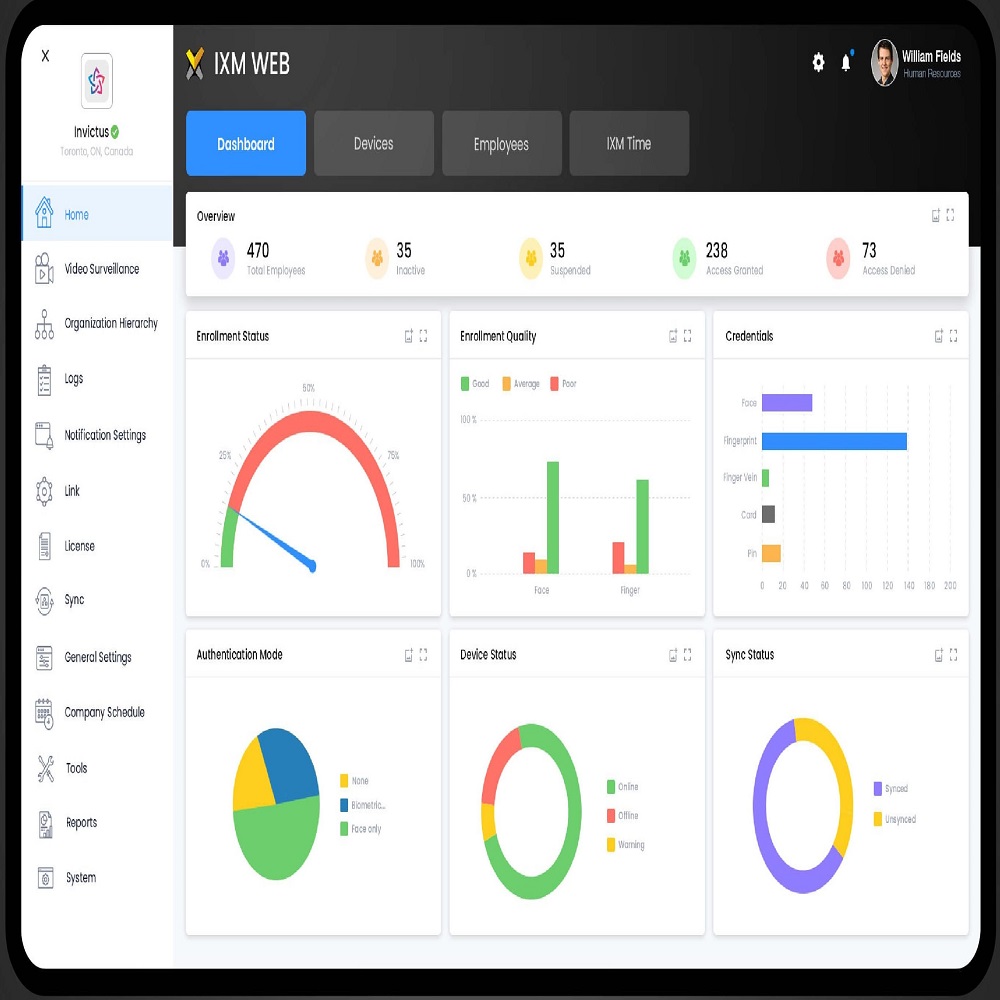
Benefits of Scalable Access Control Solutions
Enhanced Security
The primary benefit of a scalable access control system is enhanced security. By implementing advanced features such as multi-factor authentication and role-based access control, organizations can significantly reduce the risk of unauthorized access. These systems provide a robust defense against both internal and external threats, ensuring that only authorized individuals can access sensitive areas and data. Additionally, the ability to centrally manage and monitor access points allows for real-time detection and response to security incidents, further enhancing the overall security posture of the organization.
Improved Operational Efficiency
Scalable access control solutions also offer significant improvements in operational efficiency. Centralized management and automation of access control processes reduce the need for manual interventions, freeing up staff to focus on other critical tasks. For example, the automated assignment of access rights based on user roles eliminates the need for IT staff to manually configure permissions for each individual. This not only saves time but also reduces the likelihood of errors. Furthermore, the ability to easily add or remove access points and integrate new technologies ensures that the system remains efficient and effective, even as the organization grows and evolves.
Cost-Effectiveness
Another key benefit of scalable access control solutions is cost-effectiveness. While the initial investment in a robust access control system may be significant, the long-term savings can be substantial. Centralized management and automation reduce the need for additional hardware and personnel, lowering ongoing operational costs. Additionally, the ability to scale the system as needed means that organizations can avoid the expense of over-provisioning or under-provisioning access control infrastructure. This flexibility allows companies to optimize their security investments and achieve a better return on investment (ROI). Moreover, the enhanced security provided by these systems can help prevent costly security breaches and the associated financial and reputational damage.
Compliance and Audit Readiness
Compliance with industry regulations and standards is a critical concern for many modern enterprises. A scalable access control system can help organizations meet these requirements by providing detailed access logs and audit trails. These records can be used to demonstrate compliance with regulations such as GDPR, HIPAA, and PCI DSS, which mandate strict controls over access to sensitive data. Additionally, the ability to generate comprehensive reports and perform regular audits ensures that the organization remains in compliance and can quickly address any issues that arise. This not only helps to avoid fines and penalties but also builds trust with customers and partners, who value the organization’s commitment to security and privacy.
Implementation Considerations
Assessing Organizational Needs
Before implementing a scalable access control system, it is essential to assess the specific needs of the organization. This includes understanding the current security landscape, identifying potential vulnerabilities, and determining the required level of access control. Conducting a thorough security assessment can help identify areas where the existing system falls short and highlight the need for new features and capabilities. It is also important to consider the organization’s growth plans and future security requirements, as the chosen solution should be able to scale to meet these needs. Engaging with stakeholders across the organization, including IT, security, and operations, can ensure that the implementation aligns with the overall business strategy and meets the diverse needs of different departments.
Selecting the Right Solution
Selecting the right scalable access control solution is a critical step in the implementation process. There are numerous vendors and products available, each with its own strengths and weaknesses. To make an informed decision, it is important to evaluate the features and capabilities of different solutions, such as centralized management, multi-factor authentication, role-based access control, and integration with other security systems. Additionally, factors such as ease of use, support, and total cost of ownership (TCO) should be considered. Requesting demonstrations and trials from potential vendors can provide valuable insights into the functionality and usability of the solutions. It is also advisable to seek recommendations and references from other organizations that have successfully implemented similar systems.
Deployment and Configuration
Once the right solution has been selected, the next step is to deploy and configure the system. This involves installing the necessary hardware and software, setting up the central management platform, and configuring user roles and permissions. It is important to follow best practices for deployment, such as segmenting the network, using strong encryption, and regularly updating the system to address security vulnerabilities. Training for administrators and end-users is also crucial to ensure that the system is used effectively and securely. Providing clear documentation and support can help to minimize disruptions and ensure a smooth transition to the new system. Regular testing and validation of the system’s functionality and security should be conducted to ensure that it continues to meet the organization’s needs.
Ongoing Maintenance and Support
Maintaining and supporting a scalable access control system is an ongoing process that requires regular attention and updates. This includes monitoring the system for security incidents, performing routine maintenance, and applying software updates and patches. Regular audits and reviews of the system’s configuration and performance can help to identify and address any issues before they become serious. It is also important to stay informed about emerging threats and new security best practices, and to adjust the system accordingly. Engaging with the vendor and the broader security community can provide valuable insights and resources for maintaining a secure and effective access control system. Additionally, having a dedicated support team or service provider can ensure that any issues are resolved quickly and efficiently, minimizing downtime and disruption.
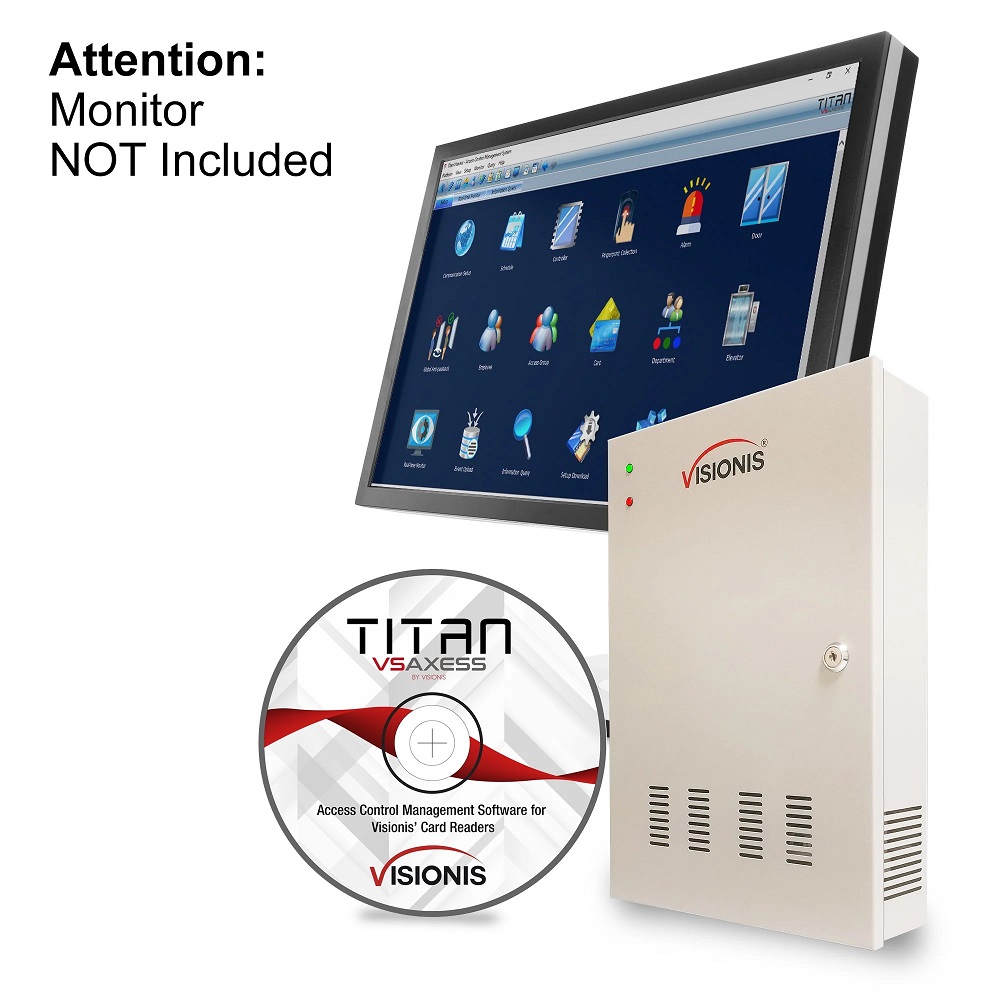
Case Studies: Successful Implementations
Case Study 1: Global Financial Institution
A global financial institution with offices in multiple countries faced the challenge of managing access to its facilities and data centers. The organization needed a scalable access control solution that could handle the diverse needs of its global workforce and comply with stringent regulatory requirements. After a thorough evaluation, the institution selected a solution that offered centralized management, multi-factor authentication, and role-based access control. The implementation involved deploying the system across all locations, configuring user roles, and integrating it with existing security systems. The result was a highly secure and efficient access control system that reduced the risk of unauthorized access and simplified the management of access rights. The institution also benefited from improved compliance, as the system provided detailed access logs and audit trails that met regulatory requirements.
Case Study 2: Large Retail Chain
A large retail chain with hundreds of stores across the country needed a scalable access control solution to manage access to its warehouses, distribution centers, and back-office areas. The organization required a system that could handle the high volume of access requests and provide real-time monitoring and reporting. After evaluating several options, the retail chain chose a solution that offered centralized management, multi-factor authentication, and integration with video surveillance and intrusion detection systems. The implementation involved deploying the system at all locations, training store managers and security personnel, and setting up automated alerts for suspicious activity. The result was a highly secure and efficient access control system that improved the overall security of the organization’s facilities and streamlined the management of access rights. The system also provided valuable insights into access patterns and helped to identify and address potential security issues proactively.
Case Study 3: Technology Company
A fast-growing technology company with a rapidly expanding workforce needed a scalable access control solution to manage access to its headquarters and remote offices. The organization required a system that could easily scale to accommodate new employees and locations, and provide robust security features. After a comprehensive evaluation, the company selected a solution that offered centralized management, multi-factor authentication, and role-based access control. The implementation involved deploying the system at all locations, configuring user roles, and integrating it with the company’s existing identity and access management (IAM) system. The result was a highly secure and flexible access control system that reduced the risk of unauthorized access and simplified the onboarding process for new employees. The system also provided detailed access logs and audit trails, helping the company to maintain compliance with industry regulations and standards.
Future Trends in Access Control
Advancements in Biometrics
Biometric authentication is one of the most promising trends in access control. Technologies such as fingerprint, facial, and iris recognition are becoming increasingly accurate and reliable, offering a high level of security and convenience. Biometric authentication can eliminate the need for passwords and physical tokens, making the access control process more seamless and user-friendly. As these technologies continue to evolve, we can expect to see more widespread adoption in enterprise settings. For example, some organizations are already using biometric authentication for high-security areas, such as data centers and executive offices. In the future, biometric authentication may become the standard for all types of access control, providing a more secure and convenient alternative to traditional methods.
Artificial Intelligence and Machine Learning
Artificial intelligence (AI) and machine learning (ML) are also playing an increasingly important role in access control. These technologies can use to analyze access patterns, detect anomalies, and predict potential security threats. For example, AI-powered systems can learn the normal behavior of users and flag any deviations, such as an employee accessing a restricted area outside of their usual hours. This can help to identify and respond to security incidents in real-time, reducing the risk of unauthorized access and data breaches. Additionally, AI and ML can use to automate the management of access rights, making the system more efficient and reducing the workload for administrators. As these technologies continue to advance, we can expect to see more intelligent and proactive access control solutions that provide enhanced security and operational efficiency.
Cloud-Based Access Control
Cloud-based solutions offer several advantages over traditional on-premises systems, including scalability, flexibility, and cost-effectiveness. With a cloud-based solution, organizations can easily add or remove access points and users, and scale the system as needed. This makes it ideal for growing companies and those with multiple locations. Additionally, cloud-based solutions can access from anywhere, allowing administrators to manage the system remotely. This can be particularly useful for organizations with a distributed workforce or those that need to manage access to remote sites. Cloud-based access control also offers robust security features, such as multi-factor authentication and encryption, ensuring that the system remains secure even when accessed from outside the organization’s network.
Internet of Things (IoT) Integration
The Internet of Things (IoT) is another area where access control is evolving. IoT devices, such as smart locks, sensors, and cameras, can integrat with access control systems to create a more connected and intelligent security environment. For example, a smart lock can program to unlock automatically when a user approaches, using their mobile device or biometric data. Sensors can be used to monitor the environment and trigger alerts if an unauthorized person is detected. Cameras can be integrated with the access control system to provide visual verification of access attempts and enhance the overall security of the facility. As the number of IoT devices continues to grow, we can expect to see more innovative and integrated access control solutions that leverage the power of connected devices to provide enhanced security and convenience.
Conclusion
The Future of Scalable Access Control
In conclusion, scalable access control software solutions are essential for modern enterprises that need to manage a growing number of users, locations, and devices. These solutions offer advanced features such as centralized management, multi-factor authentication, role-based access control, and integration with other security systems, providing enhanced security, improved operational efficiency, and cost-effectiveness. As organizations continue to evolve and face new security challenges, the importance of scalable access control will only increase. Future trends, such as advancements in biometrics, AI and machine learning, cloud-based solutions, and IoT integration, will further enhance the capabilities of access control systems, making them more intelligent, flexible, and secure. By investing in a scalable access control solution, organizations can ensure that they are well-equip to meet the security demands of the digital age and protect their assets, data, and people.
